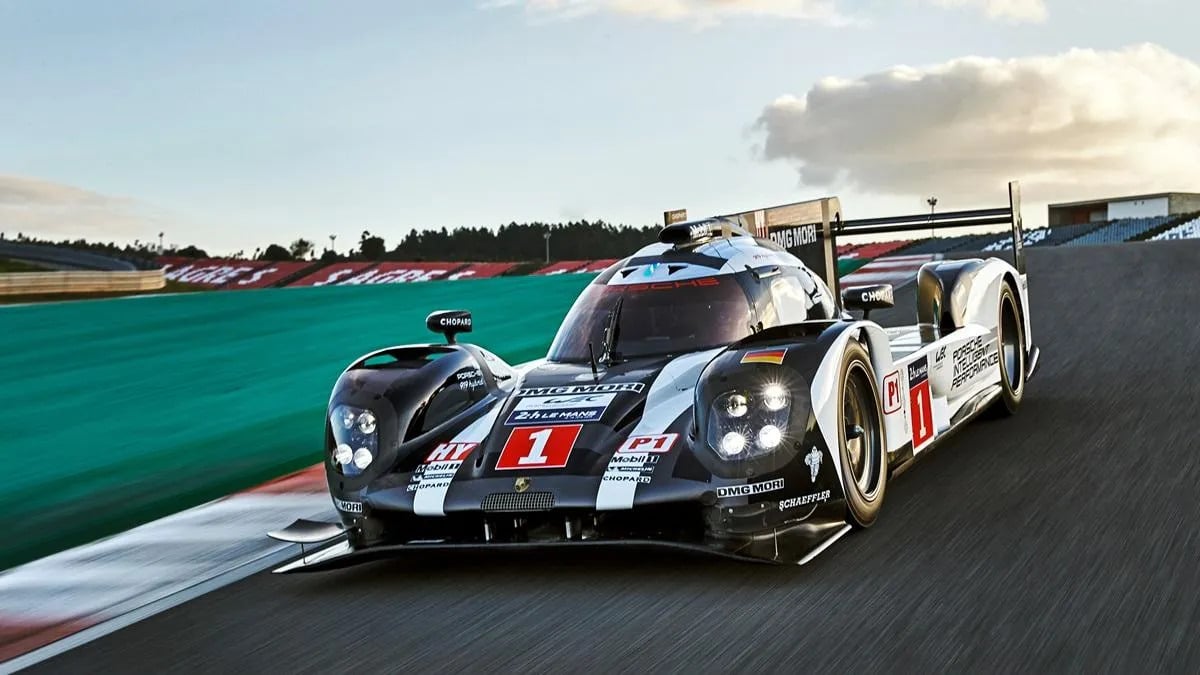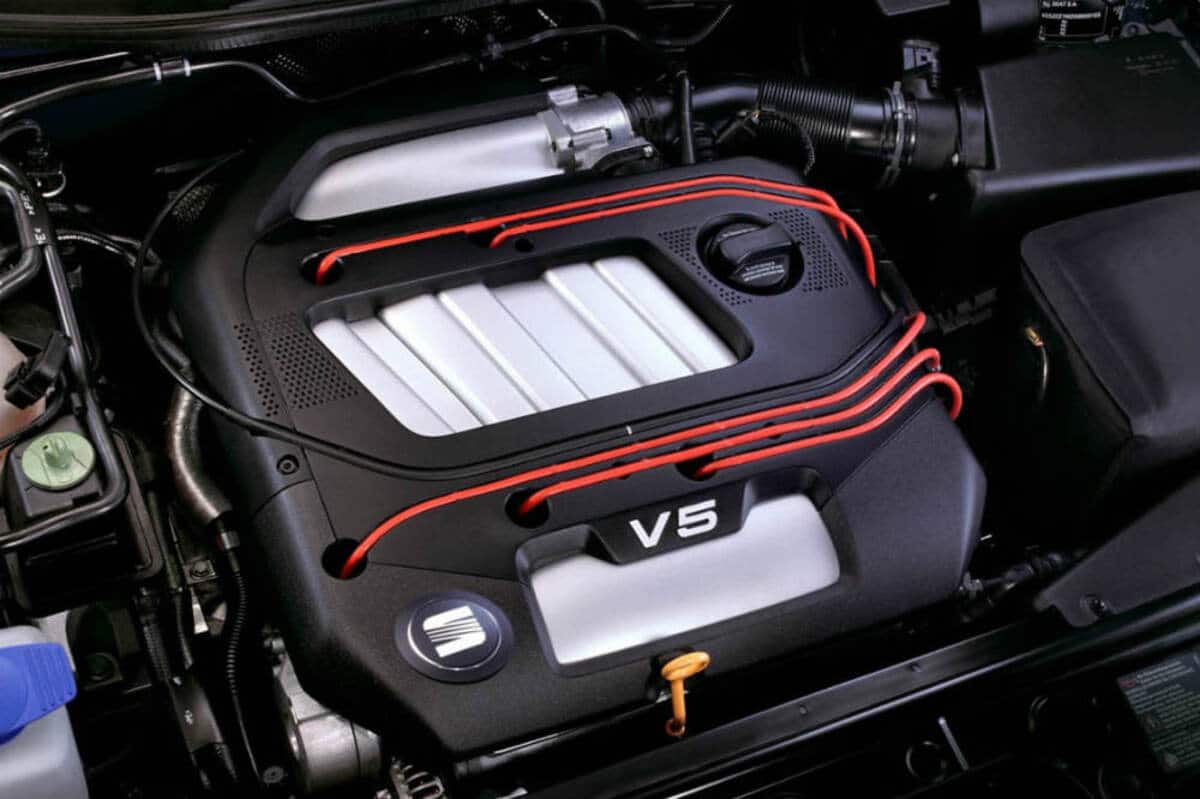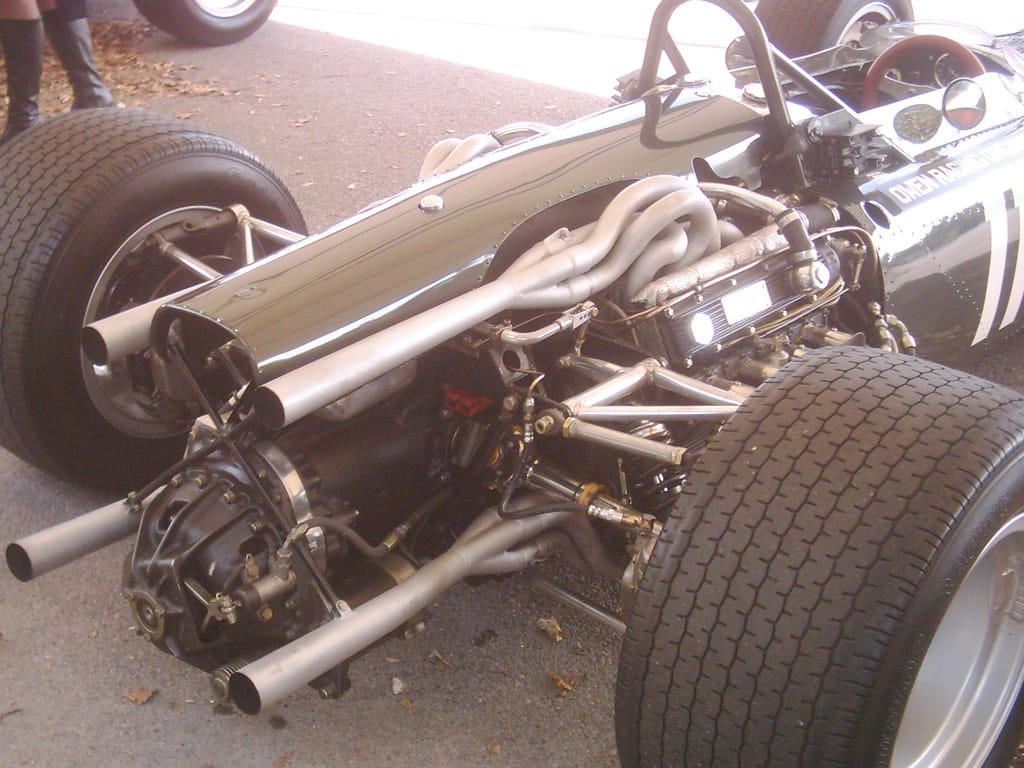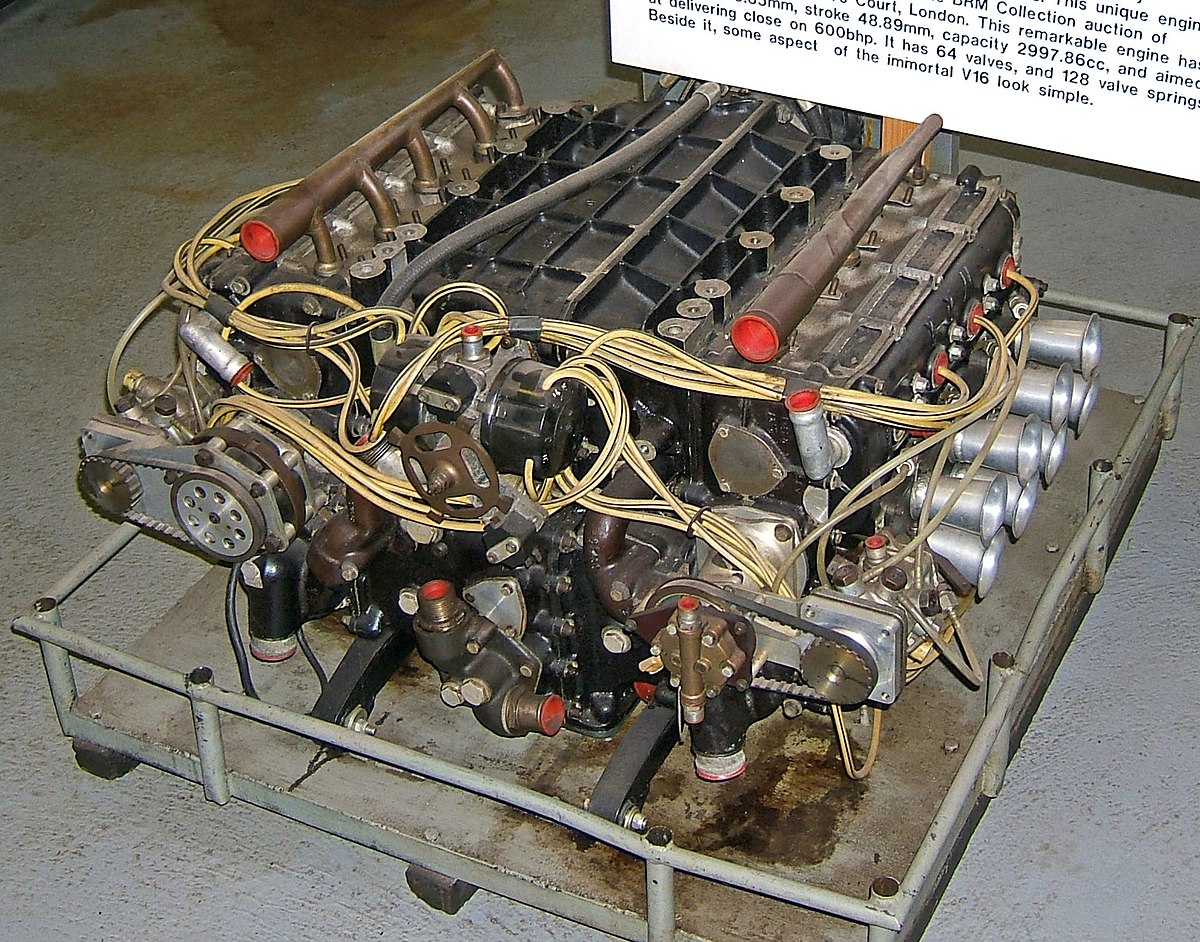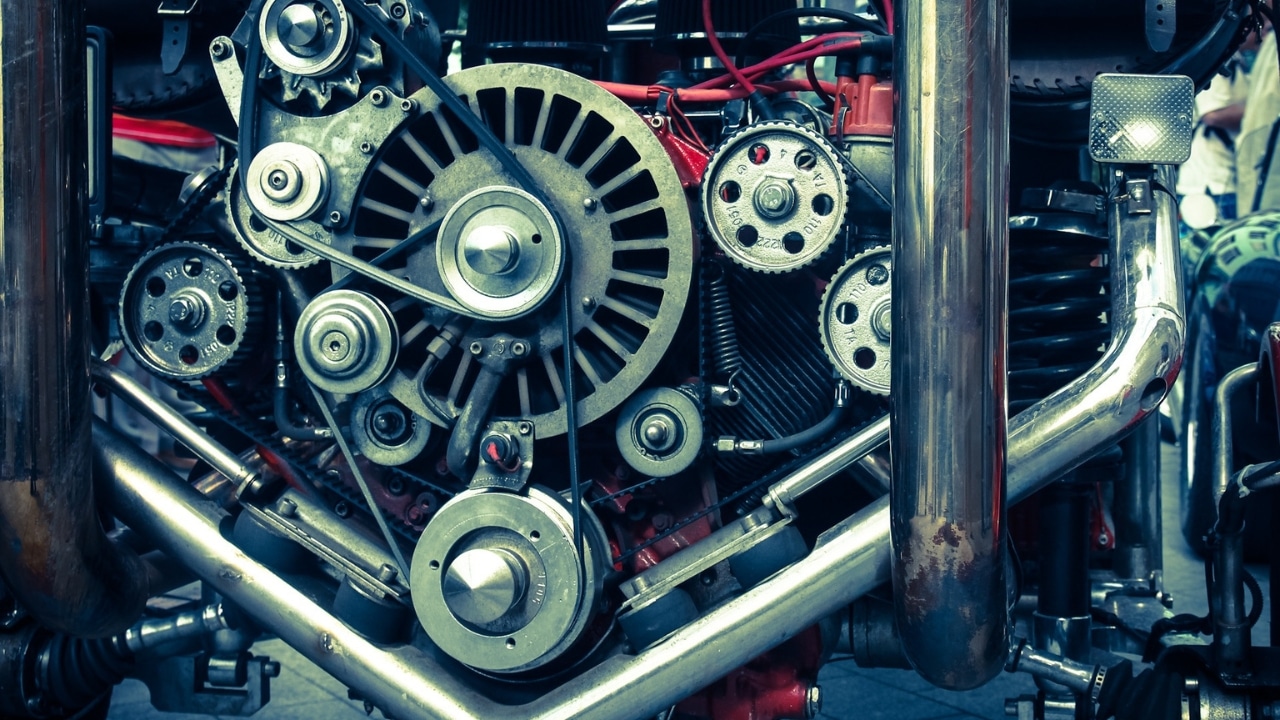
After article of the rarest fuels used for cars, now comes the time to also give a historical review to the rarer engines that have been launched on the market for cars, both old and more contemporary. The truth is that the motor world has not ceased to amaze since it appeared at the end of the XNUMXth century.
It's in a constant revolution, and while the engine architectures basically haven't altered much, over the years we've seen it appear a few times. quite exotic and strange designs, like the ones we present here…
single cylinder engine

It was considered the first automobile engine in history. Created by the German Carl Benz in 1885 and manufactured by Benz Patent-Motorwagen. This engine only had a single cylinder, hence its name. It was four-stroke, as conventional cars are today, and had a displacement of 994 cc.
It was mounted under the driver and occupant seat. And in about ten years, they had already produced 25 units of this car that developed powers between 1.5 and 3 CV of power. In addition, there were also some larger displacement versions, such as the Type II, Type III, etc.
Over the years they have been used again. single cylinder engines in some small and urban cars, and even in motorcycles. In addition, they are also quite common in motorsport, such as in F1, since single-cylinder models are used to carry out the development tests of the engines that will finally be mounted in the single-seater.
engine V4
Surely you are familiar with the V6, V8, V12,... but not with the V4. Well, you should know that there was a car that used a V-cylinder engine, but only four of them, which are usually placed in line. And the truth is that several manufacturers were interested in this design, such as Mors, who used it for a Grand Prix car.
Later, models from the Italian Lancia would arrive for their Lambda, and later for the Fulvia, which is one of the last production models to use this engine. Ford also joined the V4 car with its Taunus, as well as Saab or AMC. The brand that has used it most recently is Porsche, who would run the 24 Hours of Le Mans with the Porsche 919 Hybrid with a V4 2.0 with turbo and gasoline.
W8 engine

Engine
Another of the rare ones was a W8 engine launched by the German brand VW. Specifically for your Volkswagen Passat. W-shaped engines usually have 12 or 16 cylinders, as is the case with the Bugatti engine, joining two V6 or V8 engines to form one W-shaped. However, this brand installed an 8-cylinder saloon in its saloon, the result of joining two VR4 engines.
Specifically it was a W8 of 4.0 displacement books that could develop 275 CV of power and a torque of 370 Nm. This car would go on sale in 2002, but not too many units were sold, and it would quickly be replaced by more conventional engines, such as the V6 or VR6 of similar power, more efficient, and more reliable due to its less complexity.
Furthermore, it is not the only time that the Volkswagen Group flirted with engines with W-architecture, since it also launched a 6.0-liter W12 for the Volkswagen Phaeton, Touareg, Audio A8, and even for the Bentley Continental GT, among others.
V12 and 46 liters
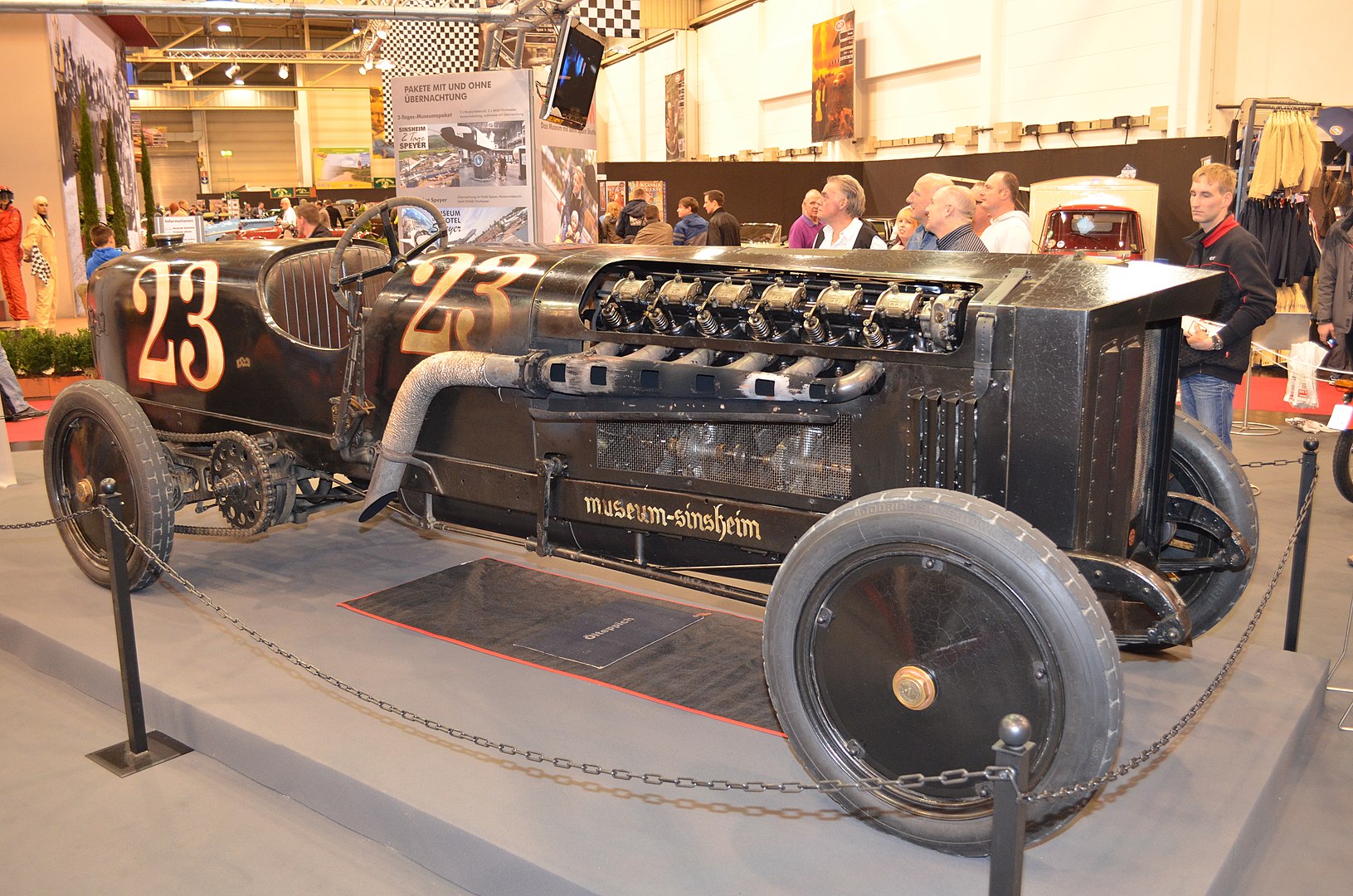
If I tell you about a V12 engine, you will think that it is something quite normal... And it is, but if I tell you that it is a 12 liter V46 displacement, or 46000 cc, then everything changes. A monstrosity out of the BMW factories at the beginning of the XNUMXth century. As you know, BMW was also a manufacturer of aeronautical vehicles, and after World War II, in Germany there were a lot of aircraft engines, so it was intended to make racing cars with them.
The car in question he was called brutus, a beast with a motor that was 1.8 meters long, 1.1 meters high and weighed 510 kg. A BMW 12-liter V46 capable of developing 500 hp and with a consumption that was 1 liter per kilometer, which is nonsense...
Launch Thema 8.32

The Lancia brand also launched a roomy saloon called Thema. The Italian firm marketed it between the 80s and 90s, with fairly conventional engines. However, there was a model called Launch Thema 8.32 intended for the most demanding public, and given what was hidden under the hood, it does not surprise me...
It was an engine 8-litre V3.0 made by Ferrari and that it was capable of developing 215 CV of power. It was intended for the Ferrari 308 GTB, in the rear position, but was adapted to put it in the front on the Lancia. A car for the whole family with a thoroughbred under the hood. Who'd say?
volkswagen v5
And if the V4 engine already seems strange, or the W8, and the other W from Volkswage, here comes another rarity from the German VW group. It's about a 5-liter V2.3 engine, which actually used a 5-cylinder from the Audi line, ultimately resulting in a unique configuration derived from the VR6.
Volkswagen got a single cylinder head, and very compact dimensions, similar to those of a conventional inline 4 engine. However, the V5 2.3 was capable of developing 150 HP of power, with updates that brought it up to 170 HP. And it was used for the Golf GTI, Bora and Passat, as well as mounting it on a SEAT Toledo model.
Wankel Rotary
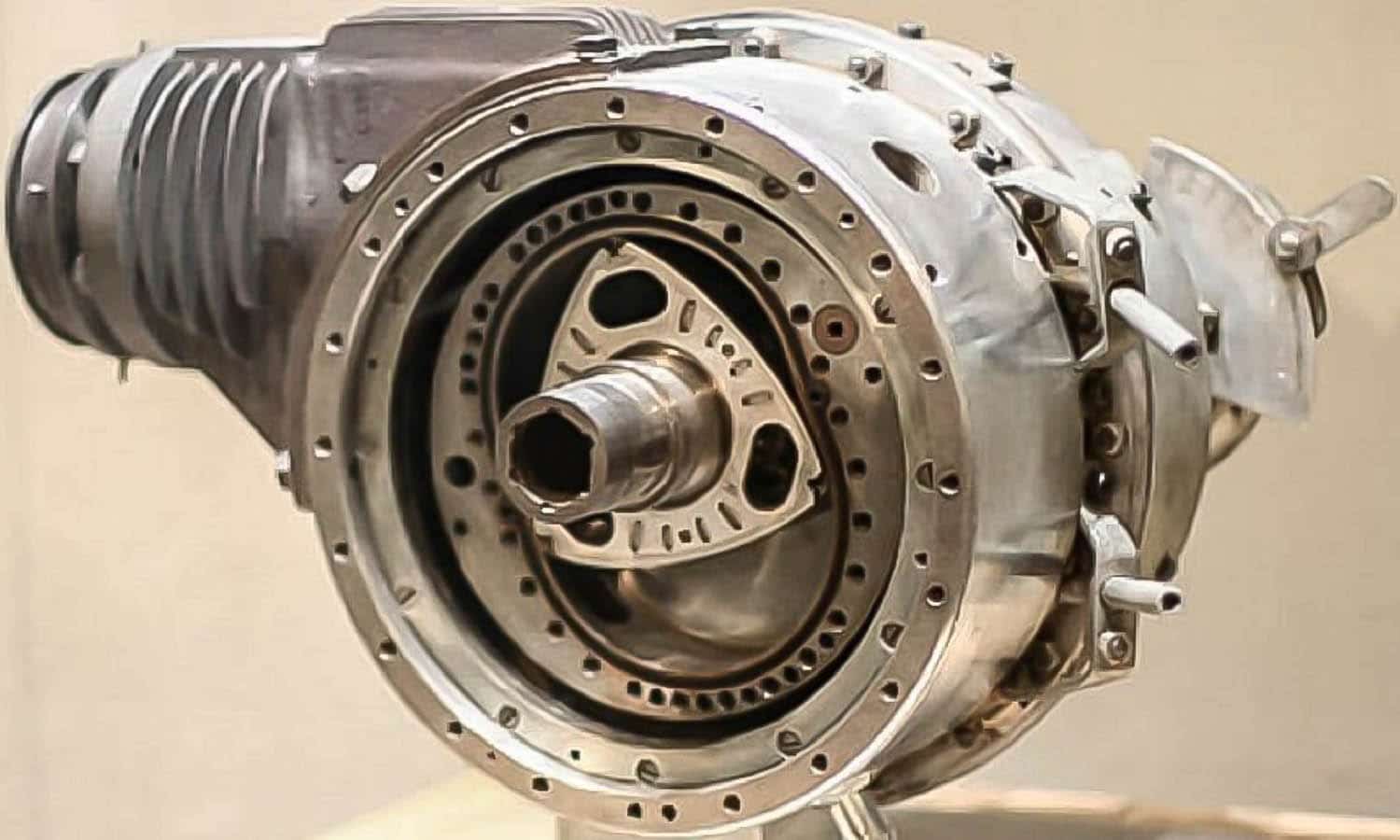
El Wankel rotary engine It is already an old acquaintance of many, but it is still a rarity. Although it was created many years ago, and was almost marginalized, Mazda is one of the brands that has taken it out of the drawer and has dusted it off for some of its models. And it is that this Japanese firm has used it since the 60s, as in its Mazda Cosmo Sport 110S.
Su simplicity due to the absence of pistons and cylinders, its compact size, low vibrations when turning all the parts in one direction (it is not an alternative engine), due to the small number of parts, and its reliability, make it an ideal engine for vehicles Although its biggest drawback is consumption and emissions, although great progress has been made today.
As you know, Mazda has used the engine invented by Felix Wankel in the 20s for its RX-3, RX-7, RX-8, etc. models. They even used it in 24 Hours of Lemans in 1991, achieving victory with the Mazda 787B. It would be the first rotary engine to achieve this feat, in fact it was the first and the last. In addition, it has also been used by other brands such as Suzuki, NSU, Norton, etc.
W16 engine

The V16 They were quite common engines in some cars of the past, offering quite high performance figures, although they were gradually replaced by the V12 and V8, which with equivalent displacements achieved similar power figures, but were cheaper and more compact. Examples of use of the V16 in street cars were the Cadillac Cizeta V16 T, the BMW 767iL, the Alfa Romeo Tipo 316 and Tipo 162, Auto Union, etc.
However, what is a V16 compared to a W16 engine, that is, the result of merging two V8s into one. These monstrous engines were assembled by models such as the Cizeta Moroder, which had a W16 with a transverse gearbox, or also the Cadillac Sixteen, and currently Bugatti for its Veyron and Chiron, with 8.0-liter displacement joining Volkswagen V8 engines.
H16 engine
Cylinders in a line, in V, in W,... but more letters of the alphabet have also been used. It is the case of H16 engine. Yes, as you hear it, a 16-cylinder H16. It is a kind of fusion between two boxer engines, each with its own crankshaft, but sharing a drive shaft. Thus, compact dimensions could be achieved to improve aerodynamics, although the performance was inferior to a V16.
It was used by the BRM (British Racing Motors) for Formula 1, which went on to win the United States GP in 1966. These single-seaters were driven by legendary drivers such as Jackie Stewart or Graham Hill. They were even used for the legendary Lotus 43/1 for the 2015 Goodwood Festival of Speed event, with which Jim Clark would win in 1966.
V-twin engine

Motorcycle lovers surely know the concept V-Twin, which is basically a V2 engine, that is, a V-twin. It has been used a lot in the world of two wheels, along with single cylinder engines. Brands like Harley-Davidson, Indian, Suzuki, Honda, Aprilia, Kawasaki, or Yamahan have used these engines.
But they have also been used by some cars in the 20s. Yes, as you hear. What's more, Mazda never ceases to amaze with exotic engine configurations. The Japanese firm would use it for its small urban R360 from the early 60s. Currently there is only one modern car with V-Twin, and it is the Morgan threewheeler.
jet turbine

Although it is an internal combustion engine, it is not an alternative engine, but a one to reaction. We are talking about engines that are used for very powerful airplanes, but that have also been used in fast car projects, such as those that have broken speed records. But beyond that, what if I tell you that they have also been seen in some street cars? Although without much success...
Well, it is the case of Chrysler Turbine, manufactured by Ghia between 1963 and 1964. Only 55 examples were created, 5 prototypes and 50 for customers. They used A-831 turbines capable of using all kinds of fuels, such as kerosene, gasoline, diesel, peanut oil, soybean oil, tequila, and even perfumes with alcohol... This engine developed just over 130 HP of power, and the turbine rotated at a maximum of 60.000 RPM.
FreeValve, without camshaft
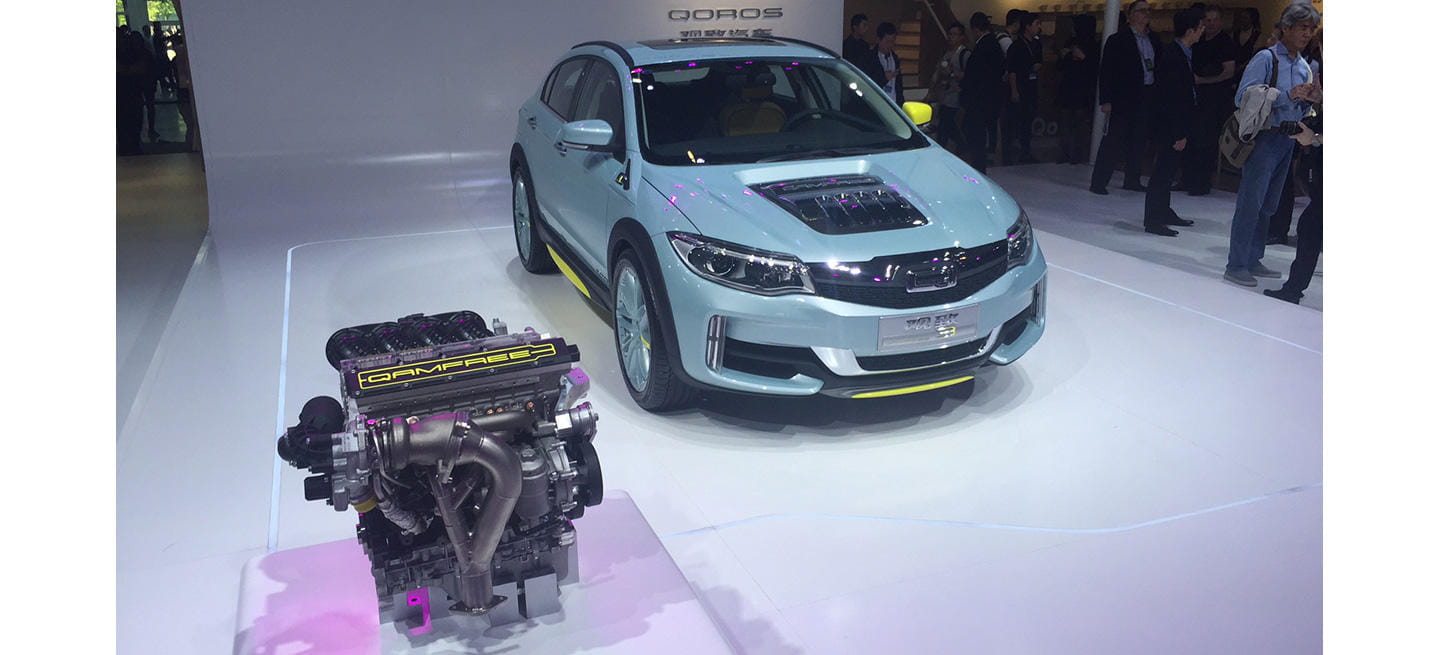
Swedish supercar manufacturer Koenigsegg also developed some engines that drew a lot of attention. This manufacturer, which stands out for its exclusive and advanced designs, would create an engine that baptized under the name FreeValve, and that as its own name indicates, it did not need a camshaft or a timing belt.
The valves are individually actuated thanks to independent electronically controlled actuators. In this way, power is not taken away from the engine due to the timing belt, and efficiency is improved. However, the first to use these engines commercially would be the Chinese of Qoros.
Engine 8L
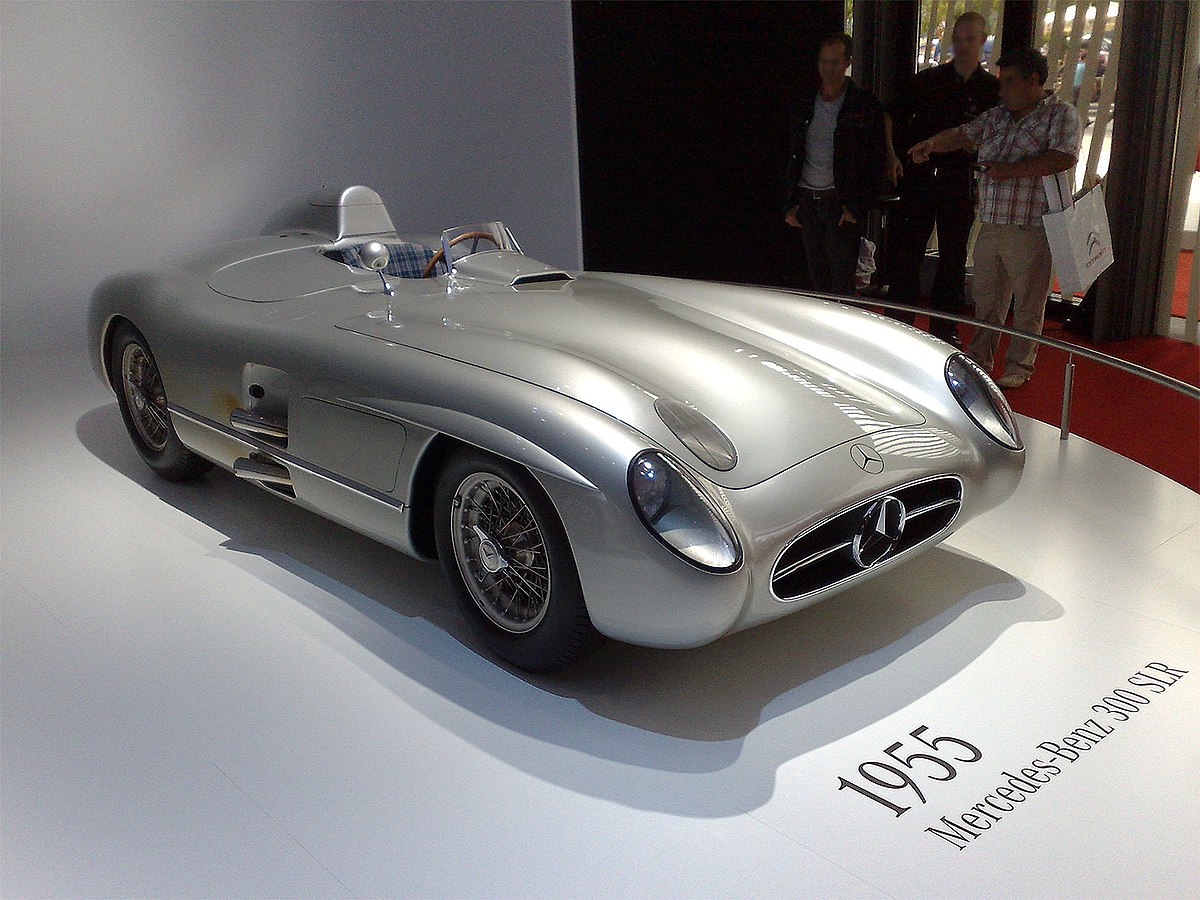
There have been very popular V8 engines, and still are, although little by little hybrids and electrics are replacing them, even in supercars. However, it is unusual to see 8L engine blocks. As was the case with the H-configuration, these too are an early XNUMXth century rarity. They are not currently used, but they are still one of the engines to highlight on this list.
The first manufacturer that dared with these designs was Daimler, and later used by brands such as Opel, Buick, and Bugatti. They also reached the field of competition, as in the Alfa Romeo and Duesenberg. However, one of the last cars to mount these 8Ls was the Mercedes-Benz 300 SLR with which Stirling Moss would win the 1955 Mille Miglia.
